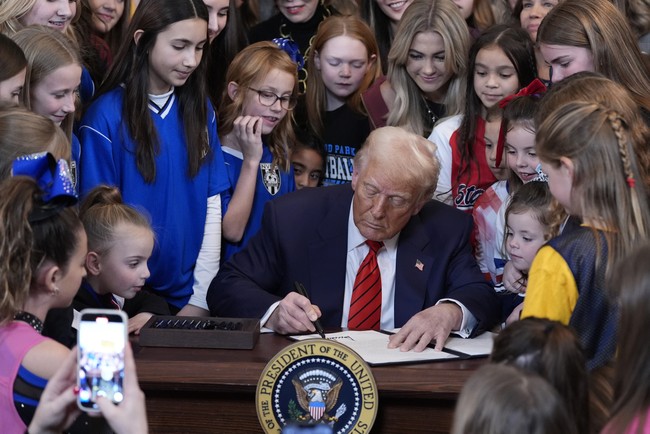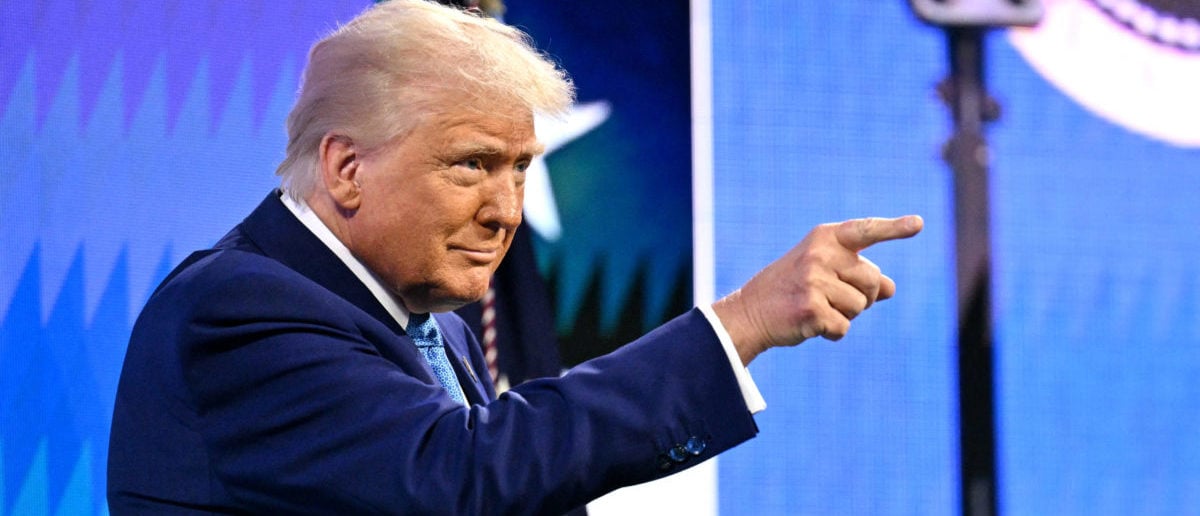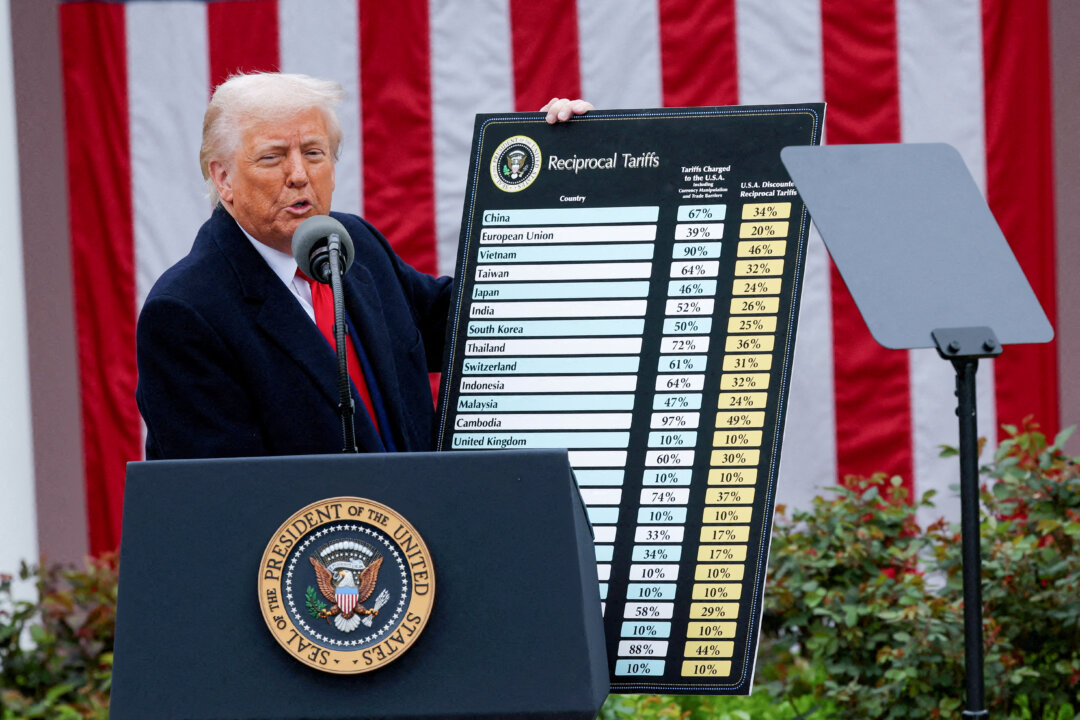On National Girls & Women in Sports Day, President Donald Trump made a decisive move aimed at strengthening the integrity of female athletics by signing the “Keeping Men Out of Women’s Sports” executive order. This action is seen as the most significant step since Title IX’s 1972 enactment, ensuring fairness and opportunity for women in sports. By restricting participation in female sports to biological females, the order aims to address concerns about fairness and safety in women’s athletics.
Christian Talk Podcast
The executive order stipulates that federal funds will be withdrawn from educational programs allowing biological males to compete in women’s sports. This strong stance is a response to ongoing debates about maintaining equal opportunities for female athletes. NCAA President Charlie Baker praised the order as establishing a “clear, national standard,” prompting the NCAA to adjust its rules to comply with the new directives.
Despite the NCAA’s alignment, resistance is evident in California, where the California Interscholastic Federation (CIF) refuses to adhere to the executive order. Citing a 2014 state law that permits athletes to compete based on gender identity, the CIF maintains its stance against the federal directive. This defiance has drawn criticism from figures like California Family Council Outreach Director Sophia Lorey, who expressed concern over the impact on young female athletes.
Lorey criticized the CIF for dismissing the executive order, viewing their actions as a dangerous precedent for young women in California. She emphasized that prioritizing transgender ideology compromises the fairness and safety guaranteed under Title IX. According to Lorey, the CIF’s decision represents a missed opportunity to protect female athletes’ rights.
Polling indicates that a significant majority of Americans oppose the inclusion of transgender-identifying males in girls’ sports, aligning with Trump’s executive order. As California continues its opposition, it faces potential repercussions, including the loss of federal funding for breaching Title IX regulations. The broader public sentiment suggests that fairness in women’s sports remains a priority for many.
This stance raises questions about California’s political leadership and their willingness to challenge the federal mandate. The state’s decision to defy the order could lead to significant consequences, reflecting a broader tension between state and federal priorities. As seen in recent international interactions, underestimating Trump’s resolve often leads to clear and direct outcomes.
Californians, already frustrated by their leaders’ handling of wildfire responses, may not support further political risks. Governor Gavin Newsom and his Democratic allies must weigh the potential fallout of their defiance against the executive order. The decision to prioritize state law over federal directives could test their political influence and voter support.
Many residents may question whether this is the right issue to challenge federal authority, given the potential impact on funding and public perception. The ongoing debate highlights the complexities surrounding gender identity and athletic participation. As the situation unfolds, both sides of the argument continue to advocate for their understanding of fairness and inclusion.
California’s stance represents a broader cultural and political clash over sports and gender identity. While some view the executive order as a step forward for women’s rights, others see it as a restriction on transgender rights. The dialogue around these issues reflects deeper societal divides that extend beyond the realm of athletics.
The debate underscores the need for clear policies that balance fairness with inclusivity, a challenge that continues to evolve. As the conversation progresses, stakeholders from all sides remain committed to advocating for their beliefs. The outcome of this conflict could have lasting implications for sports and gender policy both nationally and locally.
In the meantime, female athletes and their supporters rally for a return to what they perceive as an even playing field. They argue that maintaining biological distinctions is essential for preserving the integrity of women’s sports. This perspective, backed by the executive order, seeks to ensure that female athletes can compete without disadvantage.
As the tension between state and federal priorities persists, the stakes remain high for all involved. The resolution of this issue could set a precedent for future debates surrounding gender and athletic competition. For now, the focus remains on how these policies will shape the landscape of women’s sports moving forward.




On planet Earth there is male and female!!!! Period full stop. Those that think otherwise need mental help immediately!!!!
Time to push California to adhere to US Federal law or kick them out of the union!
This is really easy any girl playing in any sports activity that has a penis just chop it right off now the can call themselves X. If you have a penis you are legally a male person. If you have vigina and menstrual your a female you learn that in grammar school.
This is not complicated, biological male and biological female, two separate category’s and body strengths, males vs males and females vs females. If they want a third category or possibly a fourth category, let males who act as females female compete against other males who act as female as the third category, BUT maybe a fourth category is unnecessary as the females who act as males are obviously much smarter than the males who act as females.
It doesn’t seem complicated. Males compete against males, females compete against females and those who wish to compete in sports regardless of gender identity should be able to compete against each other without being forced to do so. Co Ed sports can exist.